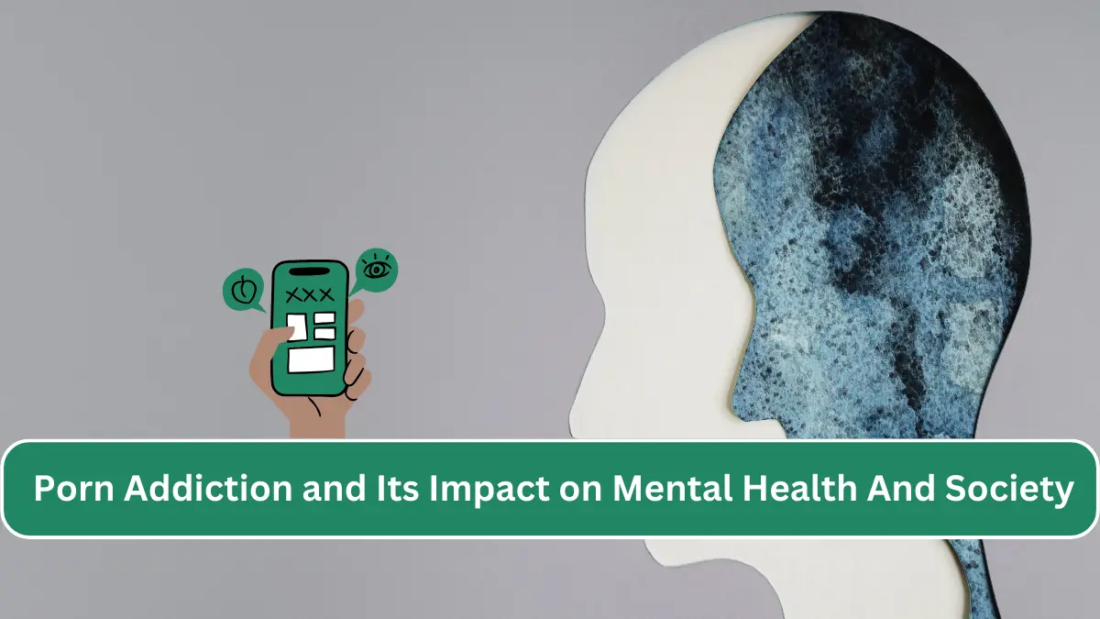Introduction
The Madras High Court, recently in a case involving child pornography, observed that teenagers are increasingly becoming addicted to pornographic contents, mainly because of how easily accessible it is. Judge Anand Venkatesh highlighted the difficulties Gen Z kids encounter while overcoming this addiction, he directed that the society should take more encouraging and instructive stance regarding this issue. The significant effects of porn addiction on both individuals and society at large were highlighted in this judgement.
Growing Concern Regarding Pornography Addiction
Porn is easily accessibility in the digital realm, and it has led to serious worries about its addictive nature and detrimental effects on both mental and physical health. A startling majority of teenagers have been exposed to pornography before the age of 18, according to recent research that the court cited, with boys as young as 12 being especially susceptible. In addition, a significant proportion of adolescents deliberately hide their internet habits from their parents, underscoring the covert character of youth’s porn addiction.
Regarding Porn Addiction
The Madras High Court also emphasized the detrimental effects of addiction to pornography on people’s mental and physical health. Pornography consumption can result in compulsive behaviour that impairs one’s capacity to carry out daily tasks. The court’s recommendation for counselling emphasizes that addiction to pornography is a real mental health issue that needs help and support.
Understanding Porn Addiction
Porn addiction is a topic of debate that frequently centres on whether or not it qualifies as a real disorder. Although there are no accepted diagnostic standards, new research points to neurological similarities between substance abuse disorders and porn addiction. Similar to how drugs cause addiction, pornography stimulates the brain’s reward circuits, increasing arousal and craving. Internet pornography’s infinite content and ease of accessibility add to its addictive potential, making it difficult to address and lessen in its effects on individuals.
The Supernormal Stimulus of Internet Pornography
Pornography on the internet is an example of a “supernormal stimulus,” one that draws viewers in by appealing to their natural curiosity and exaggerating stimuli. Pornographers manipulate people’s natural desires by presenting idealized and hypersexualized imagery, which leads to dependency and addiction. Concerns about internet pornography’s addictive qualities and potential social effects have intensified due to its widespread availability.
Conclusion
Because pornography is so widely available in the digital age, people are becoming increasingly concerned about its addictive qualities and negative impacts on both individuals and society. The Madras High Court’s observations highlight the need to treat porn addiction as a real mental health problem and the urgency of taking proactive steps to inform, assist, and counsel those who are most susceptible to its allure—adolescents in particular. In order to lessen the negative effects of porn addiction and protect the welfare of future generations, it is critical that society encourage candid communication, raise awareness, and put evidence-based interventions into practice.
-By Adv. Deeksha Rai
 Cart is empty
Cart is empty 



